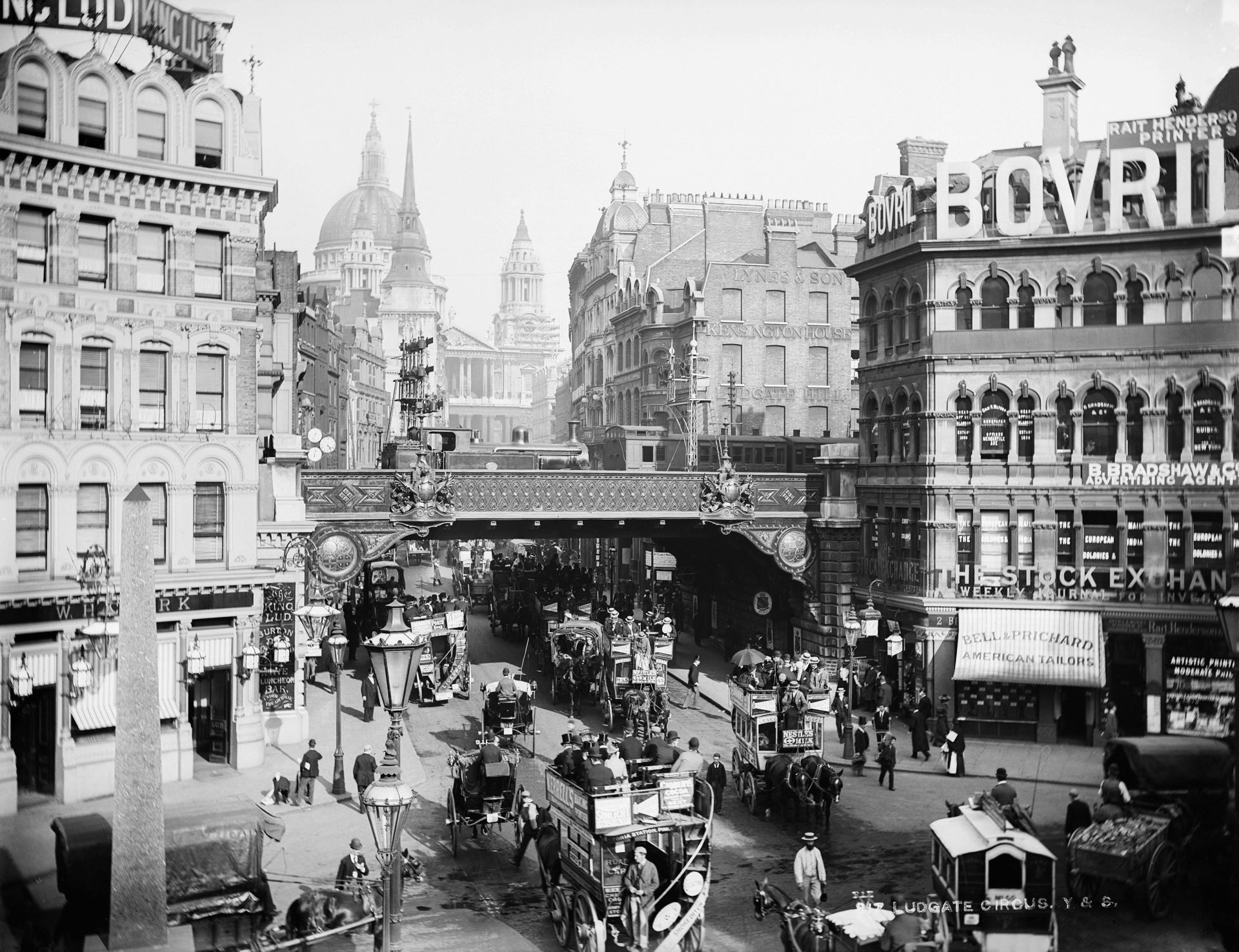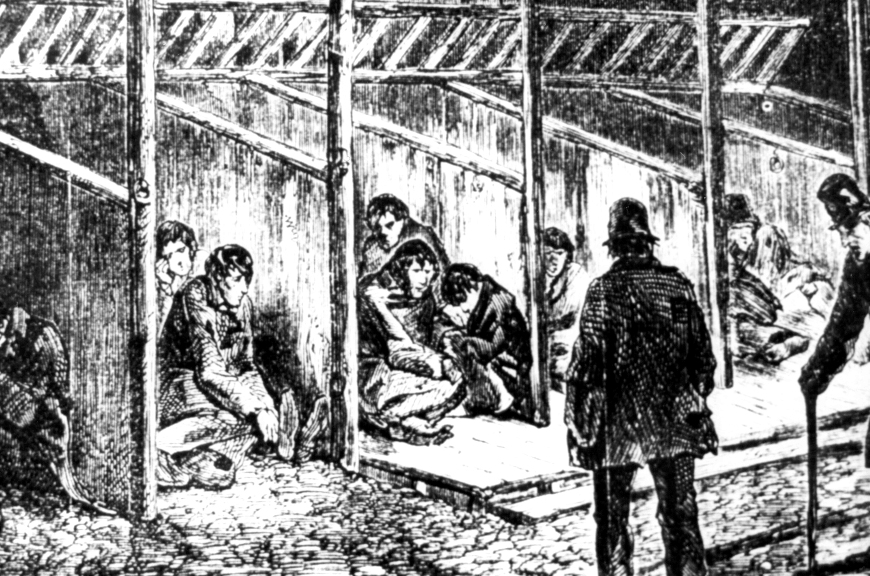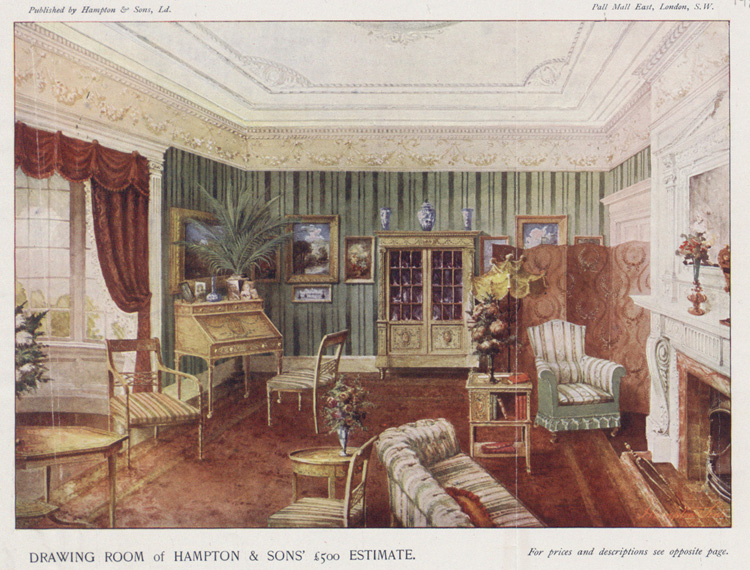Living conditions in Victorian Britain were highly varied and depended largely on an individual's social class and geographic location. Generally, the majority of the population lived in poverty, with cramped and unsanitary housing, limited access to clean water and sanitation, and little access to healthcare.
At the bottom of the social hierarchy were the working poor, who often lived in slums or tenement buildings. These were overcrowded and poorly ventilated, and often had inadequate sanitation facilities. Many families were forced to share a single room, and the lack of privacy and personal space was a constant source of stress.
Working-class housing was often located in industrial areas, where the air was polluted and the noise levels were high. In addition, many working-class families were forced to take in lodgers to make ends meet, further adding to the overcrowding and lack of privacy.
For the middle and upper classes, living conditions were generally much more comfortable. These families were able to afford larger, more spacious homes with private bathrooms and gardens. They also had access to a wider range of amenities such as libraries, music halls, and sporting facilities.
Despite the improvements in living standards for the middle and upper classes, Victorian Britain was still a society characterized by great inequality. The vast majority of the population lived in poverty, and the living conditions of the working poor were often extremely harsh. Many people were forced to work long hours in dangerous and unhealthy conditions, and child labor was common.
Overall, living conditions in Victorian Britain were marked by significant disparities between the different social classes. While the middle and upper classes enjoyed a relatively high standard of living, the majority of the population lived in poverty and faced significant challenges in terms of housing, healthcare, and overall quality of life.







